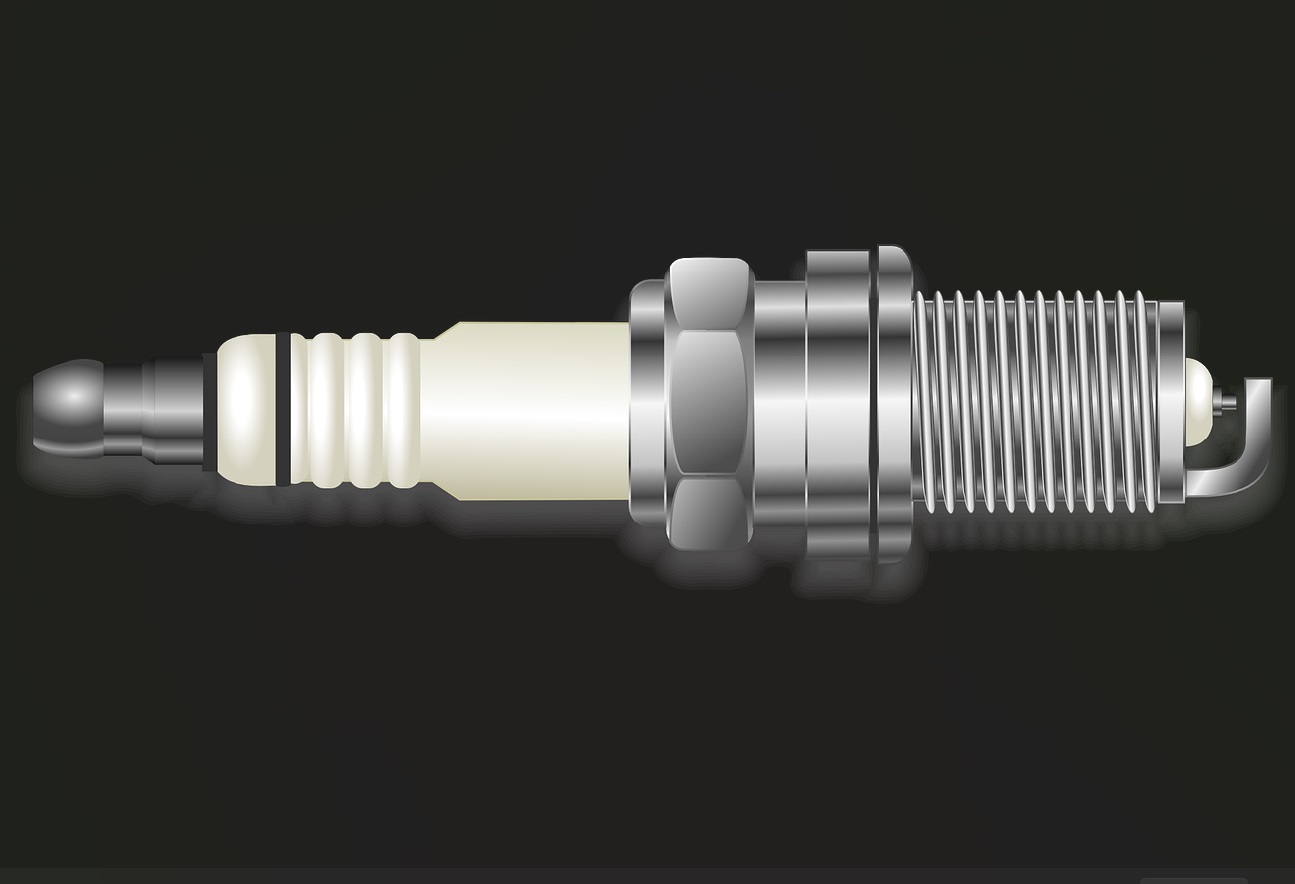When Should You Replace Spark Plugs?
The timing for changing your spark plugs depends on the make and model of your vehicle, but generally, most car manufacturers suggest replacing them every 30,000 to 100,000 miles. However, driving conditions, the type of spark plugs used, and how well the vehicle has been maintained can all affect how often you need to replace them. Always check your owner’s manual, as it provides the most accurate recommendation tailored to your vehicle model and its requirements.
Recommended Spark Plug Change Intervals:
- 30,000 to 50,000 Miles: Conventional spark plugs usually need to be replaced between 30,000 and 50,000 miles. These are the most common type and tend to wear out more quickly.
- 60,000 to 100,000 Miles: If your car uses platinum or iridium spark plugs, they tend to last much longer, often up to 100,000 miles. Always refer to your car’s manual for specific recommendations.
Key Things to Keep in Mind:
- Manufacturer’s Recommendations: Your vehicle’s owner manual is the best source for knowing when to replace your spark plugs. Always check it for guidelines.
- Driving Conditions: If you do a lot of short trips, drive in heavy traffic, or frequently tow heavy loads, you might need to change your spark plugs more often.
- Age of the Car: Older cars or those with high mileage may need spark plugs replaced more frequently due to wear and tear on the engine components.
Signs It’s Time to Change Your Spark Plugs
If you’re not sure whether it’s time for a spark plug change, here are some common symptoms that may indicate the need for a replacement:
- Difficulty Starting the Engine: A worn-out spark plug can make it harder for your car to start. If you notice that your engine is cranking more than usual before it turns on, it might be time for new plugs. However, also consider checking the battery or fuel system as the issue may not be entirely related to the spark plugs.
- Engine Misfires: If the spark plug isn’t working properly, it can cause an engine misfire, resulting in rough idling or poor acceleration. Misfires can also be caused by other components, such as ignition coils or wiring, so check for any related issues.
- Poor Fuel Economy: Worn spark plugs can cause your engine to work harder than necessary, leading to reduced fuel efficiency. If your car is using more gas than usual, it might be time to replace the spark plugs.
- Rough Idle or Engine Hesitation: A rough idle or hesitation when you accelerate may be a sign that one or more spark plugs aren’t firing properly. It’s worth checking your spark plugs for wear and damage.
- Check Engine Light: If the check engine light comes on, it could indicate an issue with the spark plugs or ignition system. Many modern vehicles have diagnostic systems that alert you to malfunctions, including misfires or faulty spark plugs.
How to Check Spark Plugs
To ensure your spark plugs are in good condition, regular inspections are key. Here’s how to check them:
- Remove the Spark Plug: This requires a spark plug socket tool. Once removed, inspect the condition of the plug. If it’s worn, dirty, or covered in carbon buildup, it’s time to replace it.
- Look for Signs of Wear: If the gap between the electrodes is too wide, or the plug is coated with oil, it’s likely worn out.
- Check for Cracks: If the ceramic insulator around the spark plug is cracked, it’s a clear sign that the plug needs replacing.
Types of Spark Plugs to Consider
There are different types of spark plugs available, and the right one depends on your vehicle. Here’s what to keep in mind:
- Standard Spark Plugs (Copper): These are the most common in older cars, but modern engines often use higher-performance plugs like platinum or iridium.
- Platinum Spark Plugs: These last longer than copper plugs and offer better fuel efficiency and engine performance.
- Iridium Spark Plugs: Iridium plugs tend to last the longest—up to 100,000 miles or more. They are ideal for modern vehicles requiring higher ignition power, but always check your car’s manual for recommendations.
DIY vs. Professional Spark Plug Replacement
You can replace spark plugs yourself if you’re comfortable working on your car, but if you’re unsure, it’s always best to leave it to a professional mechanic. Here’s a quick look at both options:
DIY Spark Plug Replacement
- Pros: It’s a cost-effective way to maintain your car, and you can take pride in doing the job yourself.
- Cons: You need to have the right tools, knowledge, and time to do the job correctly. Improper installation can lead to engine damage.
Professional Spark Plug Replacement
- Pros: Mechanics have the right tools and expertise to do the job quickly and correctly. They’ll also check for other potential engine issues.
- Cons: It’s more expensive than doing it yourself, but often the peace of mind is worth the cost.
How to Know the Job Was Done Right
After replacing the spark plugs, here’s how to ensure everything was done properly:
- Smooth Engine Operation: After installation, the engine should run smoothly with no unusual noises or vibrations.
- Check for Proper Gap: Make sure the gap between the spark plug’s electrodes is correct. This is crucial for optimal ignition.
- Ask for Old Parts: If possible, ask the mechanic to show you the old spark plugs to ensure they were indeed replaced.


